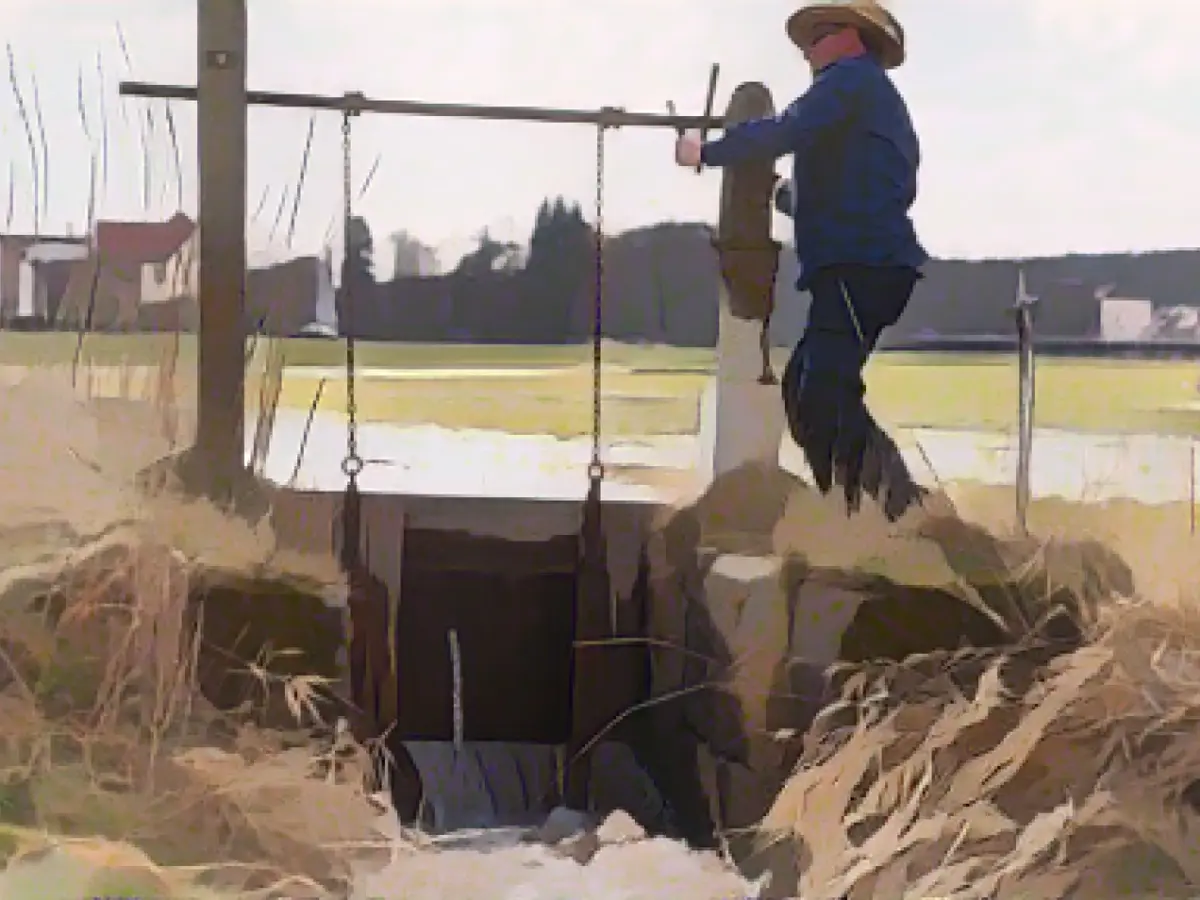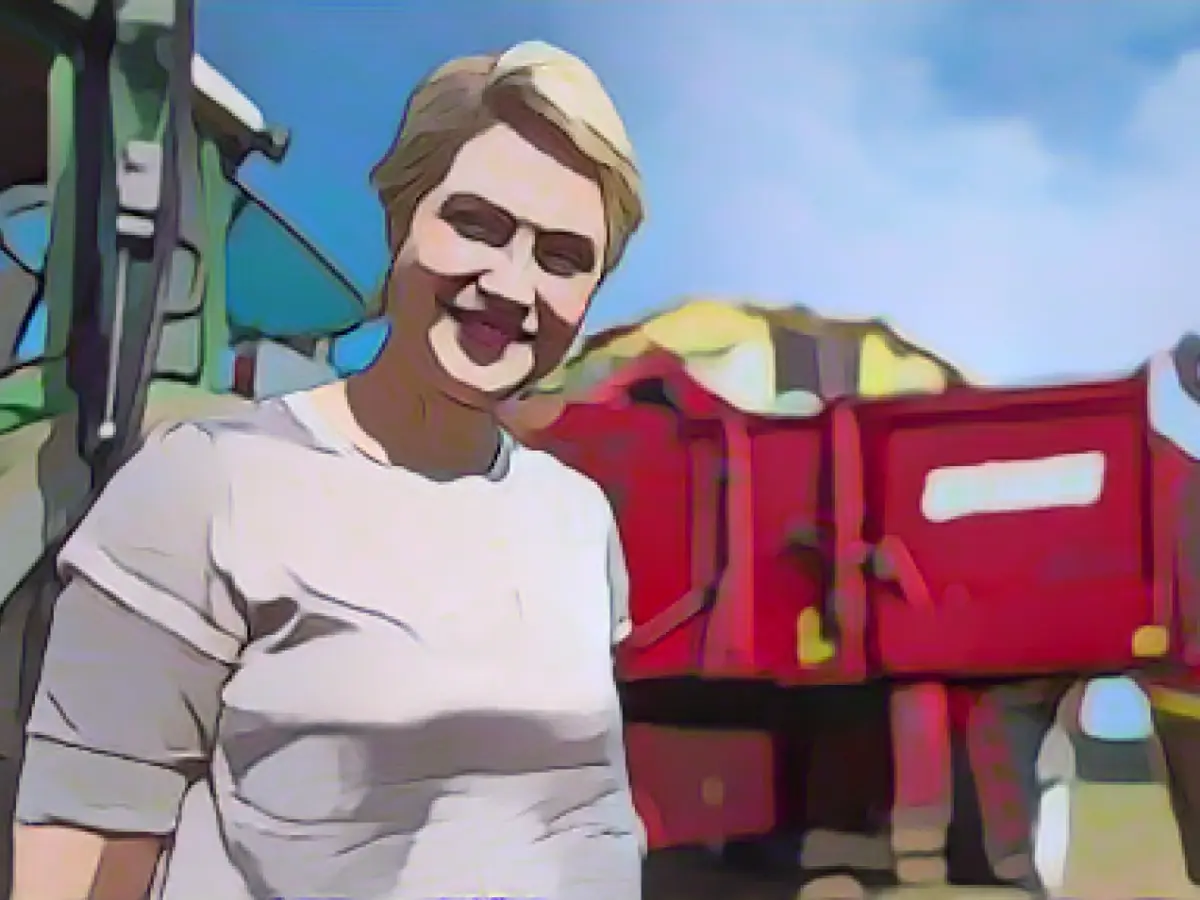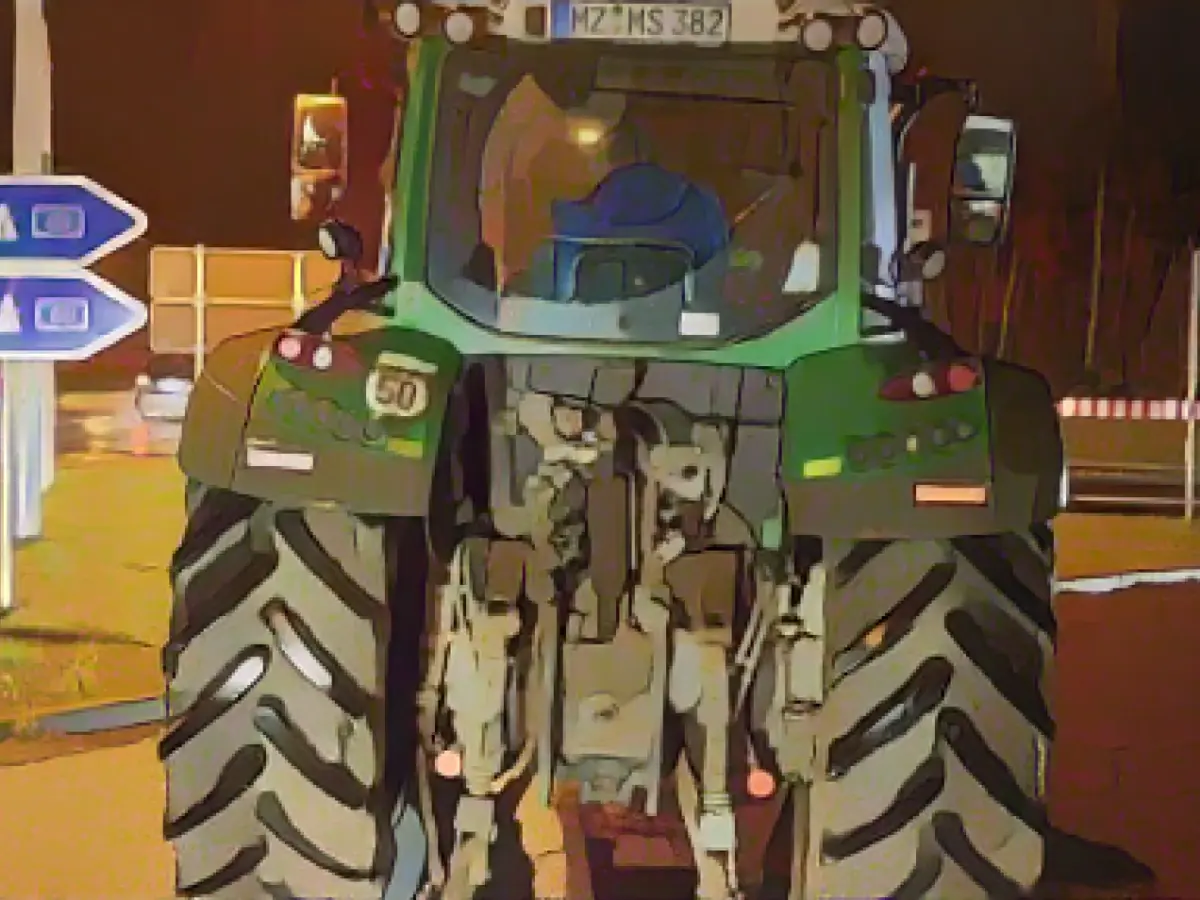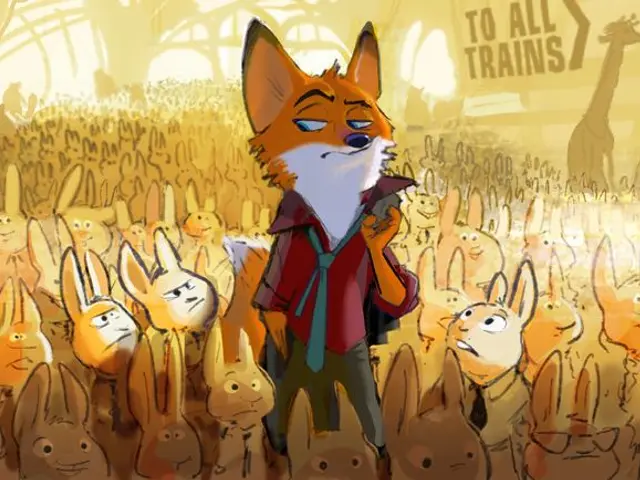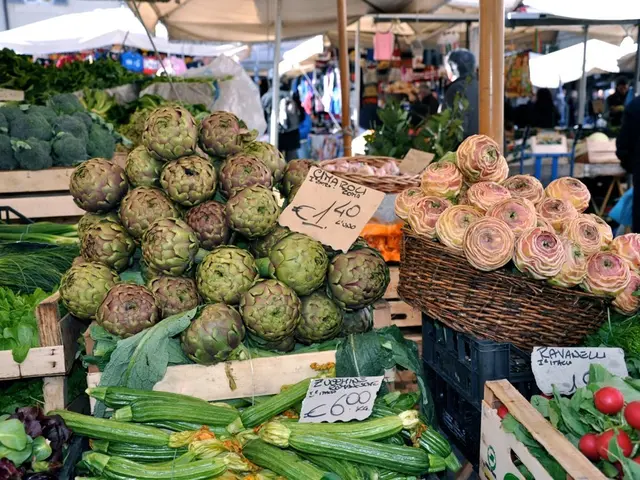Farmer's Age-Old Technique in the Spotlight
The farmers in Franconia, Germany, have been employing a clever irrigation system for centuries, utilizing water wheels, ditches, and small weirs. The traditional way of irrigation handed down through generations is set to be recognized as an intangible cultural heritage of humanity. The Unesco committee will be convening in Botswana, Africa, next week, with a possible decision on December 6.
Nuremberg and the Forchheim district, alongside other municipalities from Rhineland-Palatinate and fellow European countries such as Belgium, Italy, Luxembourg, the Netherlands, Austria, and Switzerland, are anticipating the committee's decision. The group collaborated to put forward the nomination.
Roland Lindacher, who is in charge of the Wässerwiesen project in the Forchheim district, shares optimism about their chances of being listed, hoping that the ancient craft will be better preserved and comprehensively promoted once included in UNESCO's list. He noted that many cultural practices, including water meadows, face extinction due to technological advancements.
This traditional irrigation technique was once widespread along the Rednitz, Regnitz, and Wiesent rivers in Franconia, providing food for the growing population during the Middle Ages. The advent of electric pumps, irrigation systems, and artificial fertilizers, however, caused a decline in its significance due to its labor-intensive nature and reduced profitability.
With rising concern over global warming, the value of water meadows as a sustainable solution to combat extreme weather conditions is becoming increasingly recognized. Gisa Treiber from the Environmental Agency explained that the water meadows near Nuremberg aided in temperature regulation and air freshening in urban areas. She added that the water used for irrigation remained within the vicinity, aiding in drought relief and groundwater level conservation during times of heavy rain.
To ensure preservation and revitalization, the Forchheim district aims to engender collaboration between farmers and local authorities. Traditional cooperatives have been reinvigorated, and financial assistance is offered to aid in the revival of dormant ditch systems.
Source:
Additional Insights
While there is no explicit mention of the nomination's status in the original sources, UNESCO has recognized other cultural practices, like the preparation and consumption of ceviche in Peru, as intangible cultural heritage[4].
For the most recent updates on the nomination status, you might need to rely on UNESCO's official communications or publications, such as their intangible heritage committee reports, where they detail nominations and inscriptions. The 20th session of the Intergovernmental Committee is scheduled to take place from 8 to 13 December 2025 in New Delhi, India[1][5], and could provide insights into the nomination progress.
